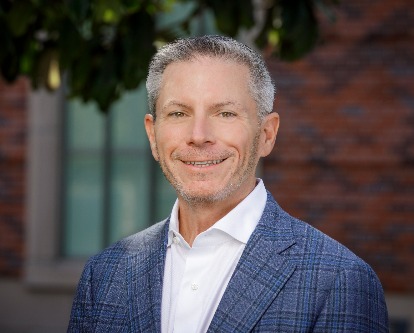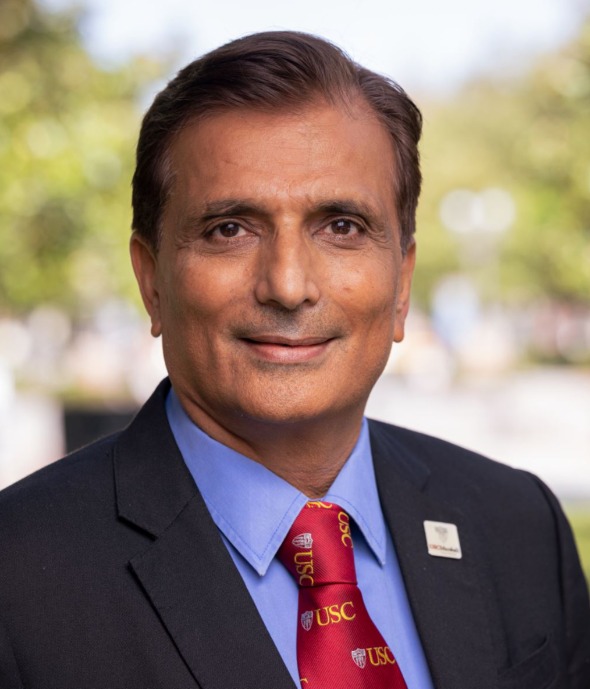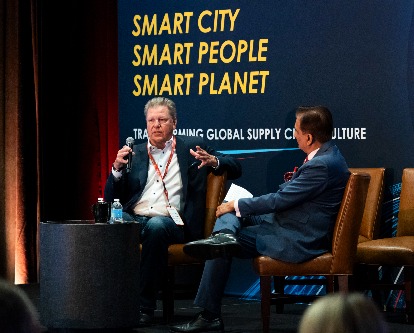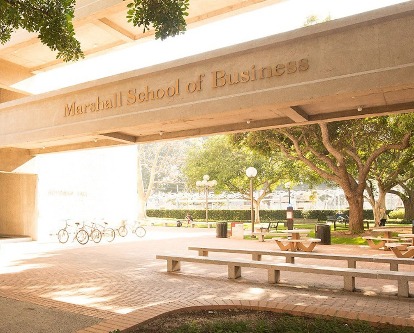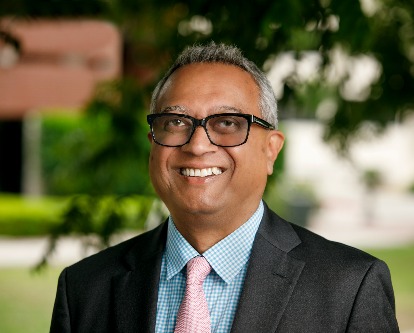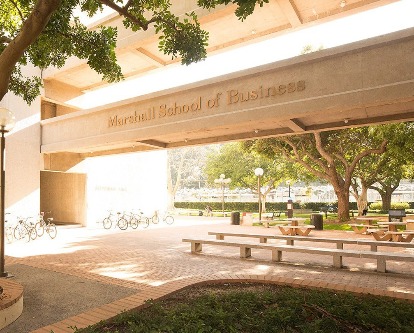For most students, October is a time of calm diligence. Much of the month is spent in dorms, libraries, and cafes, studying up and buckling down. For 130 master’s students at USC Marshall’s KENDRICK GLOBAL SUPPLY CHAIN INSTITUTE, however, one week of their fall was spent in Ho Chi Minh City, Vietnam, learning firsthand how the small Southeast Asian country is growing into an economic power.
It’s essential to NICK VYAS, founding director of the Kendrick Institute and organizer of the trip, that students receive this real-world experience. For years, he’d brought graduates on similar excursions to Singapore. This year though, for the first time, he arranged travel to Ho Chi Minh City.
“It’s a market where a country is going through massive transformation, and they’re able to see at ground zero what that means — building infrastructure, attracting foreign direct investments, building capabilities and human capital and training,” said Vyas.
Vyas’s assessment of Vietnam’s growth is shared by a consensus of economic analysts. The World Bank reports that the country’s GDP per capita has increased 3.6 times between 2002 and 2022. Within two decades, the once-poor country has developed into a mid-sized economy, and it’s not stopping there. Vyas believes the trajectory mirrors that of nearby Singapore, which became a manufacturing powerhouse in the late 20th century.
Still, talking numbers is one thing, but seeing the transformation in person is staggering.
“What would’ve been a rice field ten, fifteen years ago — all of a sudden you see these massive skyscrapers and bridges and roads and highways and factories and a new emerging middle class coming along. That’s the transformation you see,” said Vyas.
Students had eight days in Vietnam to wrap their minds around the developments. They spoke to economic experts, observed supply chain infrastructure, and, yes, sampled some incredible Vietnamese food. For Luis Leon, a first-year student in the GSCM master’s program, it was an opportunity to analyze the supply chain from top to bottom.
“The companies that we visited were top companies,” Leon said. “We visited ports, we visited furniture factories and zipper factories along with the biggest supply chain company in the world [Maersk]. So seeing every single side of the supply chain from a factory to the biggest supply chain company in the world — I think that was really eye-opening.”
The trip culminated in a visit to the Saigon Port in Ho Chi Minh City. Vyas believed it was an indispensable opportunity for the master’s students to note Vietnam’s utilization of waterways within their supply chain.
